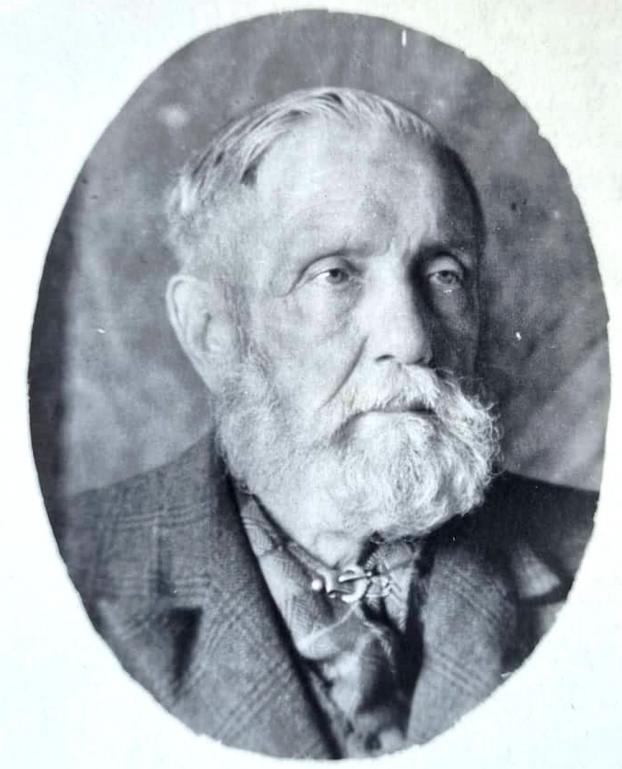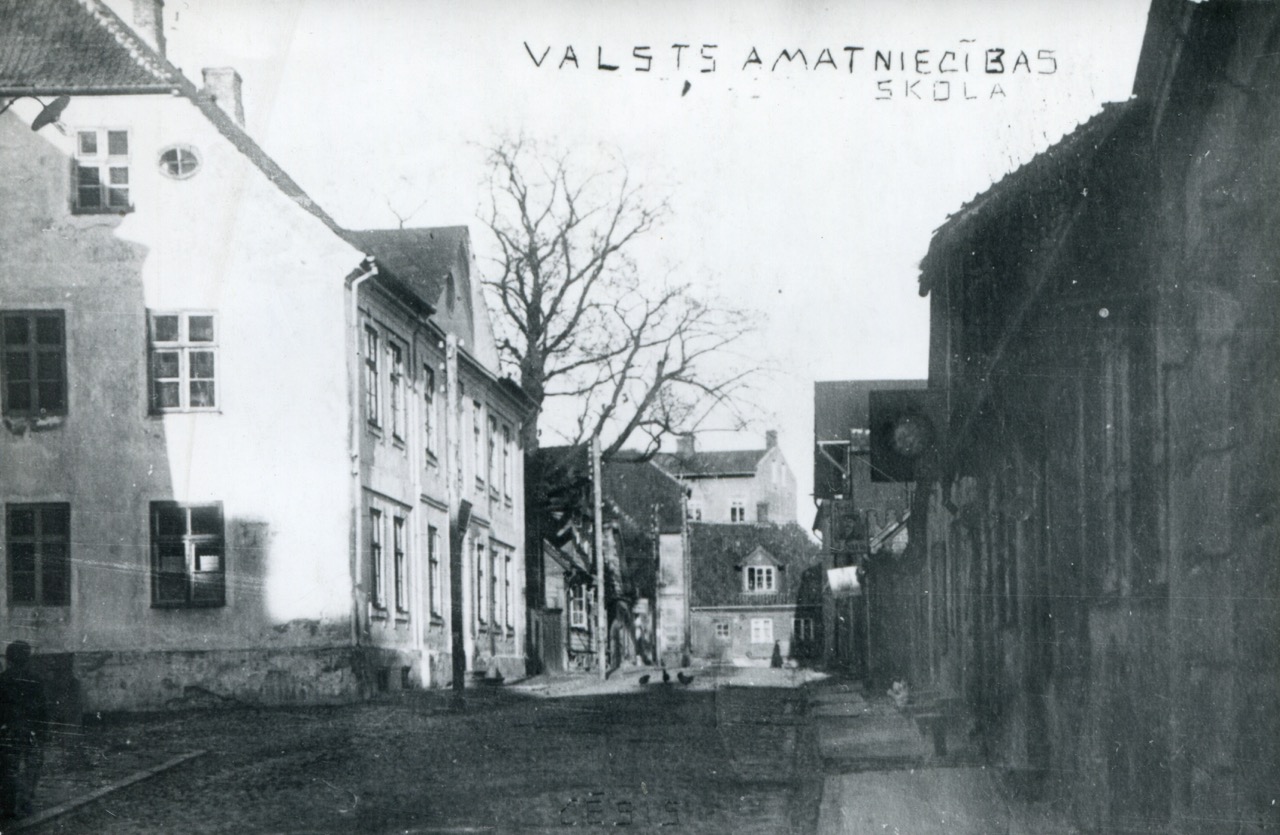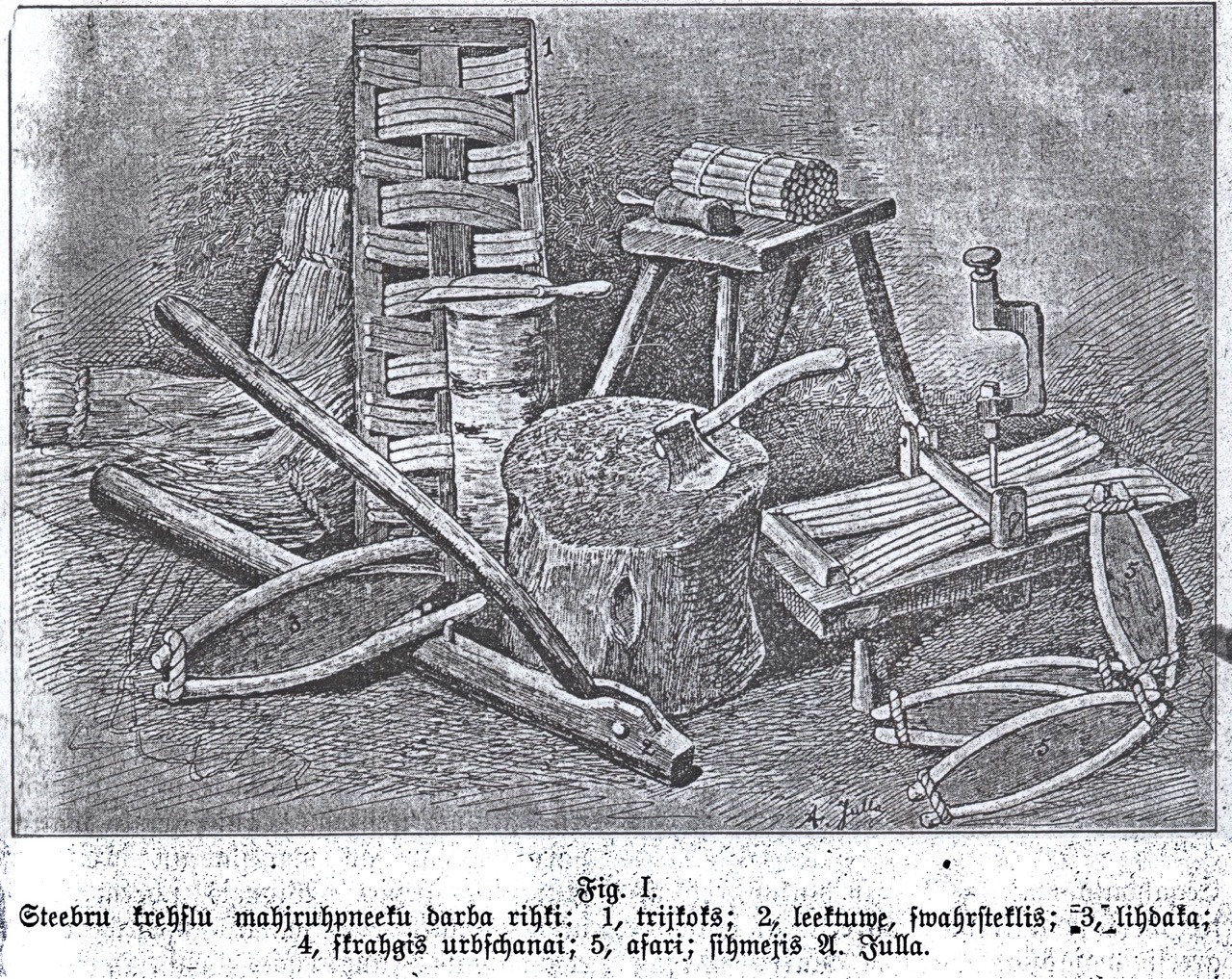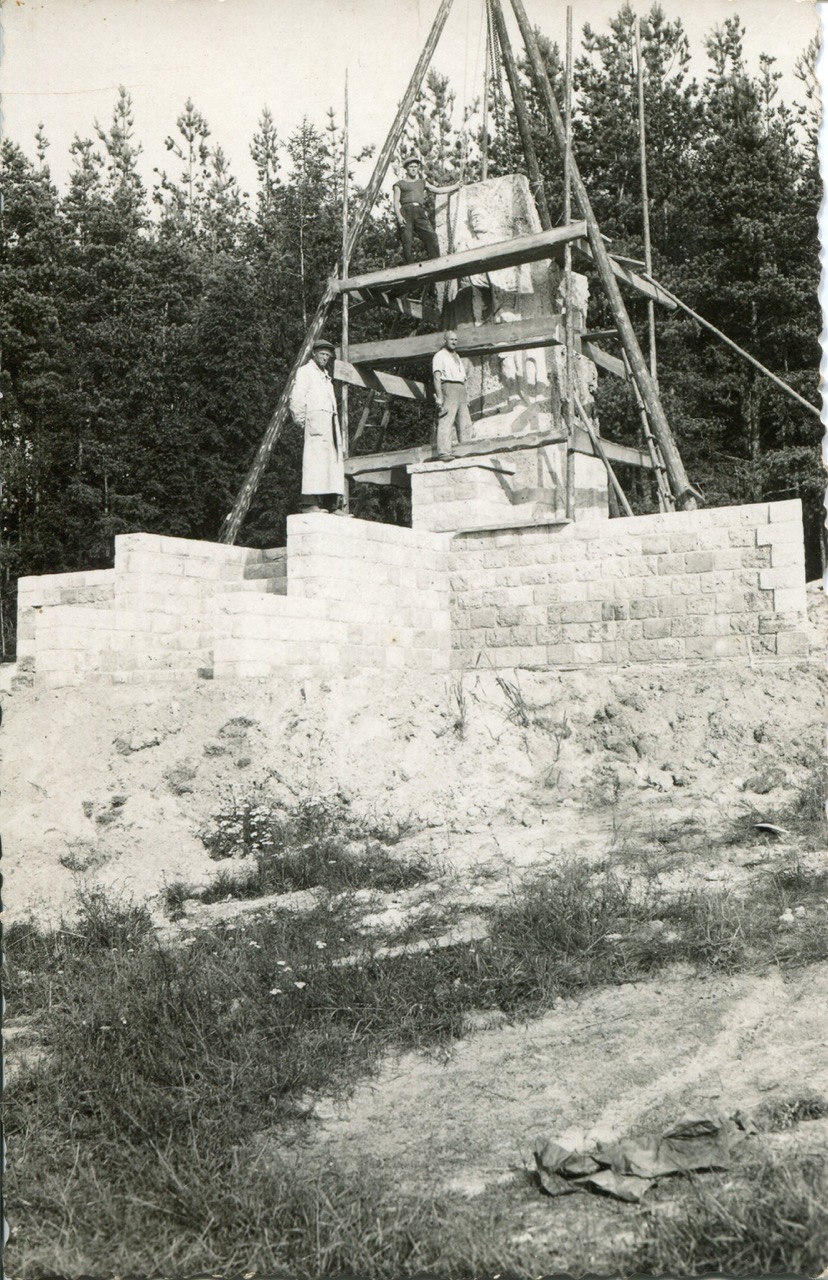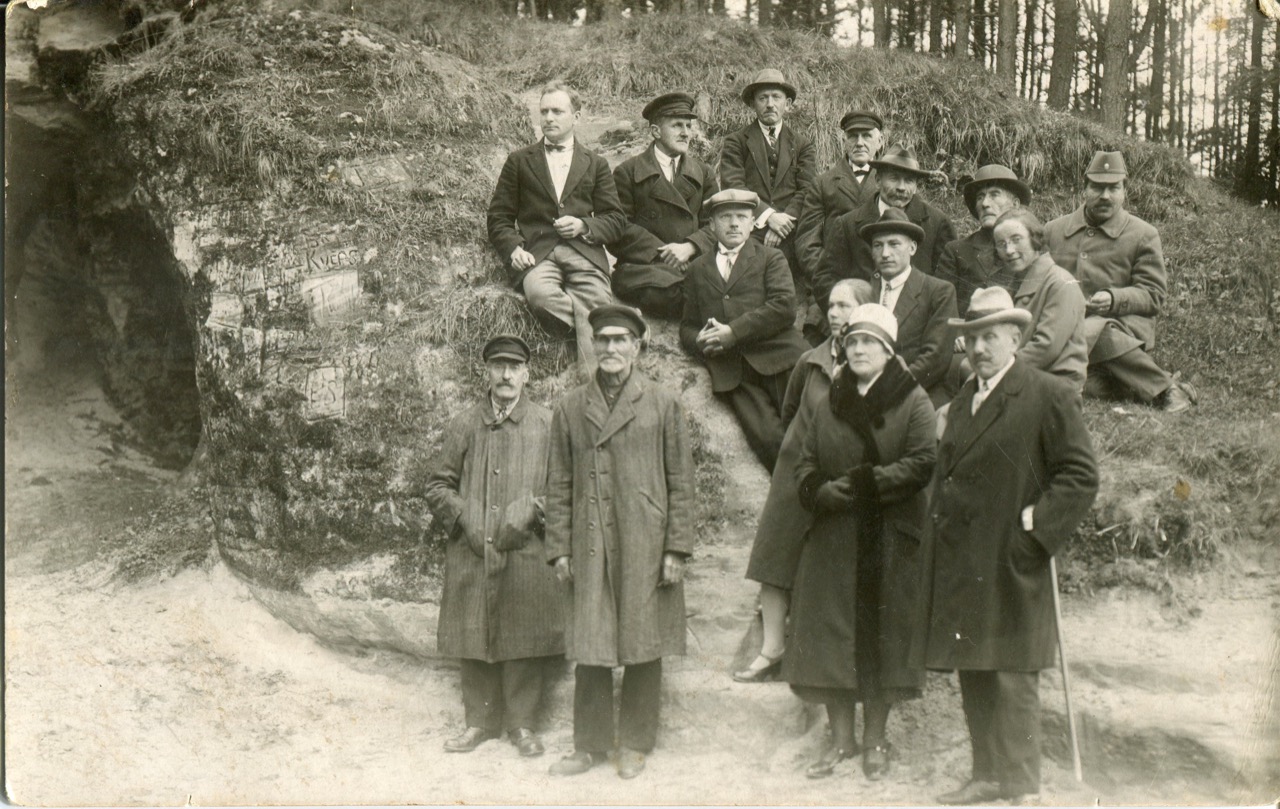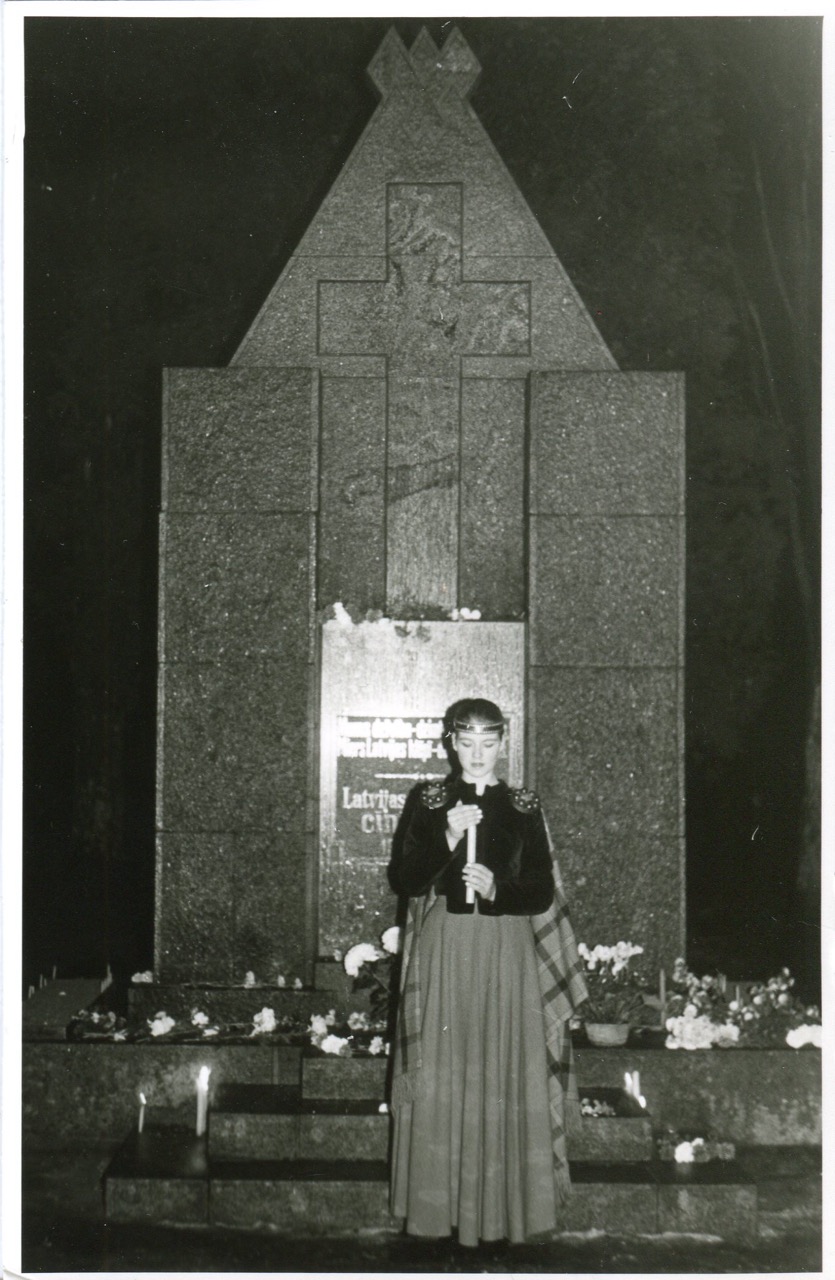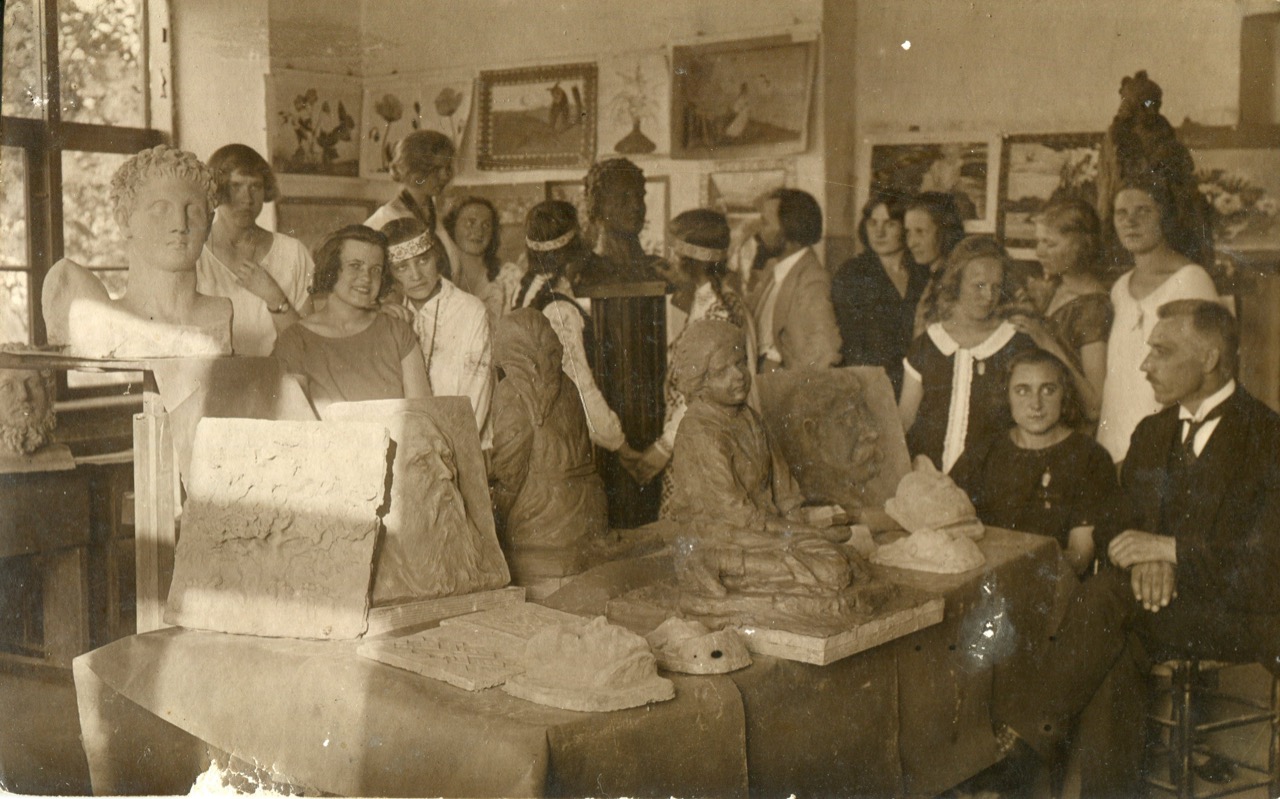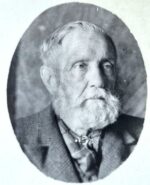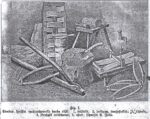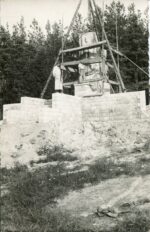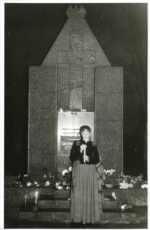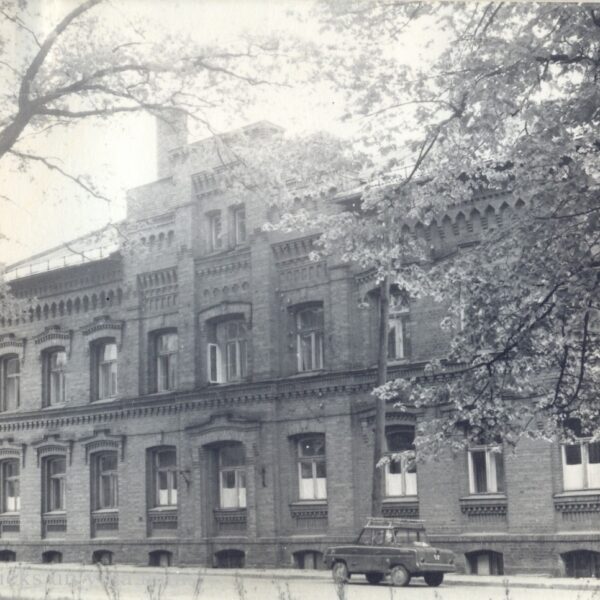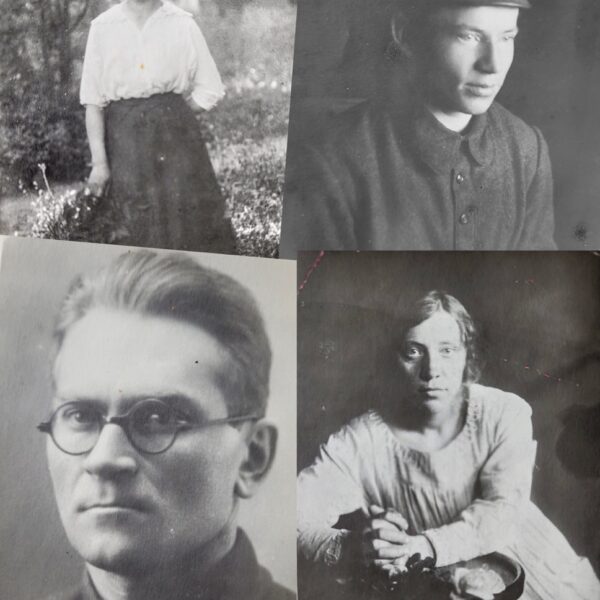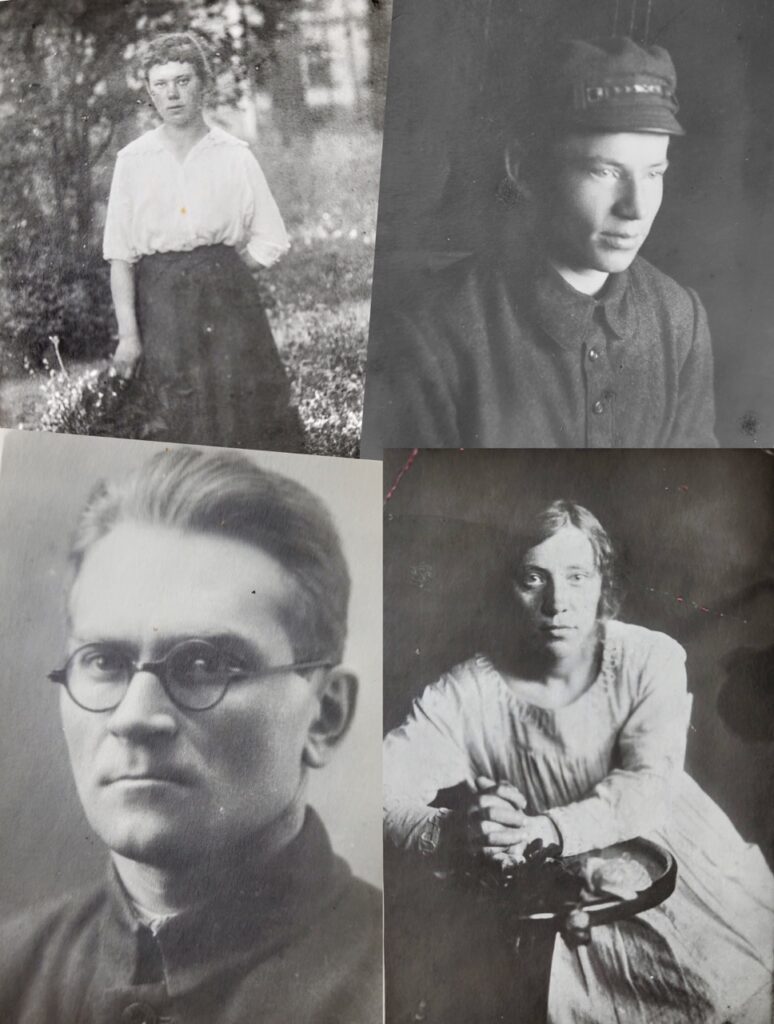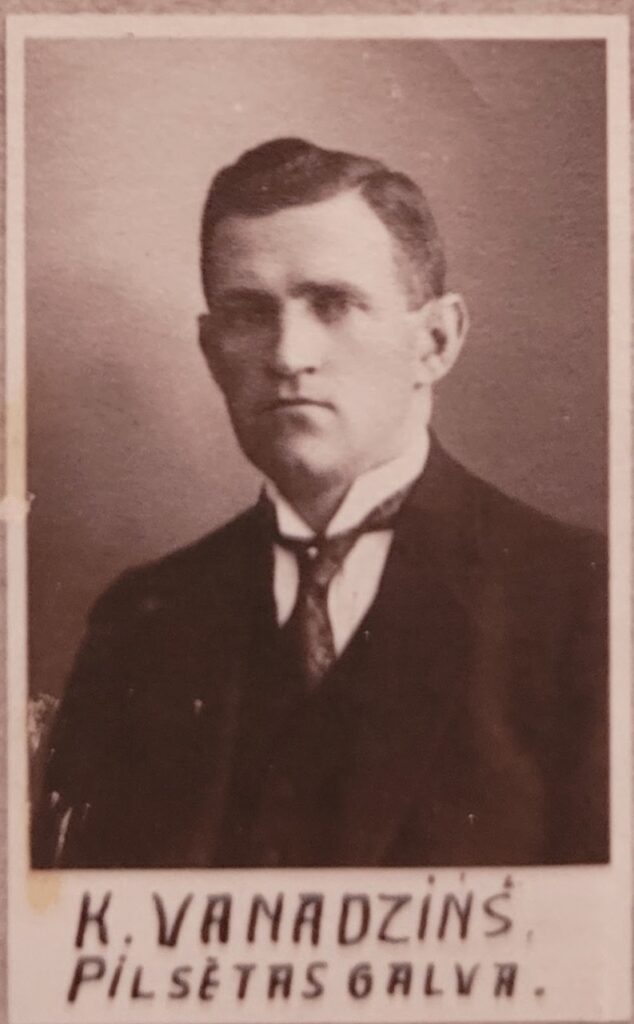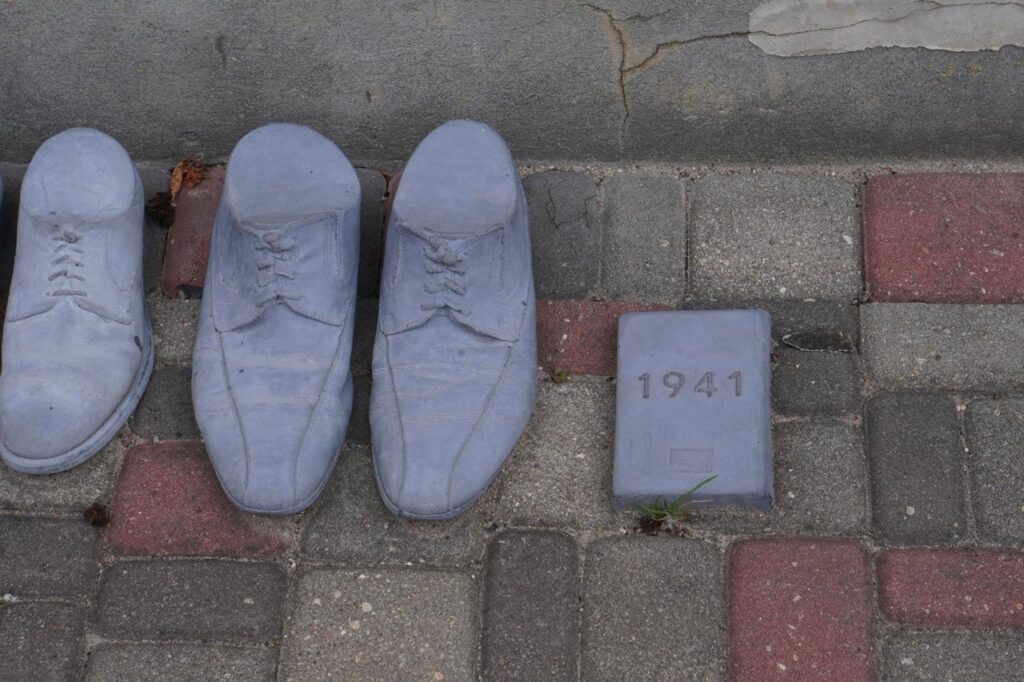Augusts Julla
The farmer figure in the “Plowman” liberation monument of Liepa parish was modeled after the death mask of Jānis Julla, the father of Augusts Julla. The sculptor himself had created this mask in 1912. This fact gives the monument a special personal significance.
As a practical farmer and passionate smoker, Augusts Julla dedicated a considerable plot of land to growing tobacco in 1942, which he carefully tended.
In the early 1990s, the “Jullu” homestead in Liepa parish was included in the Gauja National Park’s “Protected Cultural Monuments and Culturally Significant Objects” list as item No. 04019, recognized as an example of folk architecture. There were plans to relocate the residential house to the Open-Air Museum, but unfortunately, the house completely collapsed during the documentation process.
Facts
- 1872: Born on December 27 in “Jullas” farm in Liepa parish to peasant family of Jānis and Sapa (Sofija) Jurla.
- 1887: Finished Liepa parish school and enrolled in Cēsis town school.
- 1893: Obtained folk school teacher’s rights at Cēsis town school and began working as a teacher at Lubāna folk school.
- 1895: Participated in the IV General Latvian Song Festival in Jelgava and in the first All-Latvian Agricultural Exhibition with the painting “Great Ellīte.”
- 1900: Enrolled in Venjamin Blum’s drawing school in Riga and actively began working with the Riga Latvian Society.
- 1904: Started research on Vidzeme craftsmen’s working methods and customs, publishing his first scientific articles about Latvian home crafts.
- 1906: With a scholarship from the Riga Latvian Society’s Scientific Commission, began studies at the Stieglitz Central School of Technical Drawing in St. Petersburg.
- 1912: Graduated from Stieglitz School, earning a degree as a ceramic artist, and after his father’s death, set up a ceramic workshop in the brick kiln.
- 1916: His works were exhibited at the Latvian art exhibition in Lemercier Gallery in Moscow, and he began working as a teacher at the Latvian Education Society’s high school.
- 1919: On May 1 in Cēsis, at Convention Square, created a 7-meter tall temporary monument – a white stone pyramid split by a red wedge.
- 1919: Founded the Cēsis Industrial Society and Liepa parish cooperative, as well as evening crafts courses in Cēsis.
- 1920: On January 15, transformed the evening courses into Latvia’s first crafts school – Cēsis State Crafts School, becoming its director.
- 1927: Unveiled his monument to fallen soldiers from 1915 to 1920 at Lejas Cemetery in Cēsis.
- 1929: Became chairman of the Liepa parish liberation monument action committee and a presidium member of the Veidenbaum poet brothers memorial fund action committee.
- 1934: Received the IV class Order of Three Stars for achievements in education and culture.
- 1935: On August 11, his monument to Latvian and Estonian soldiers who fell in the 1919 Battle of Cēsis was unveiled in Liepa.
- 1936: Retired and ended his teaching work at the State Cēsis Vocational School.
- 1946: Sentenced to two years in prison with partial property confiscation for tax evasion.
- 1949: On March 25, deported to Siberia with his wife Milda to the village of Kolominskije Grivi in Chainsky district, Tomsk region.
- 1958: Died on May 27 in Cēsis and buried in Liepa cemetery.

